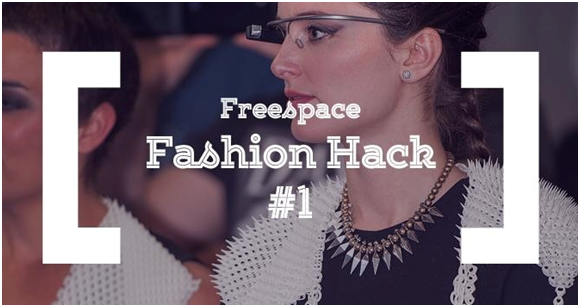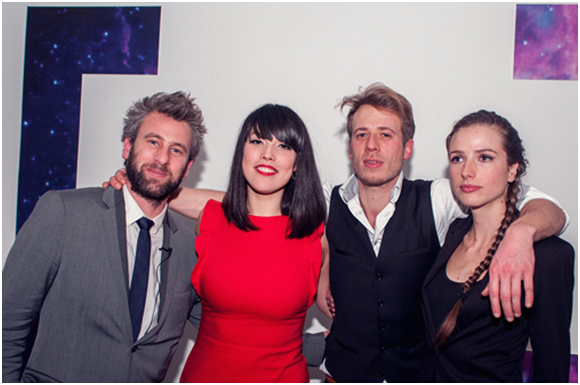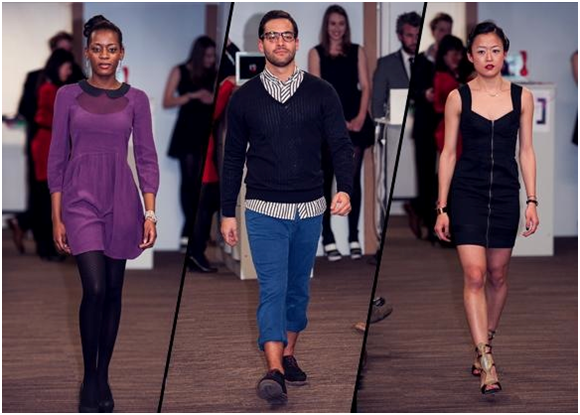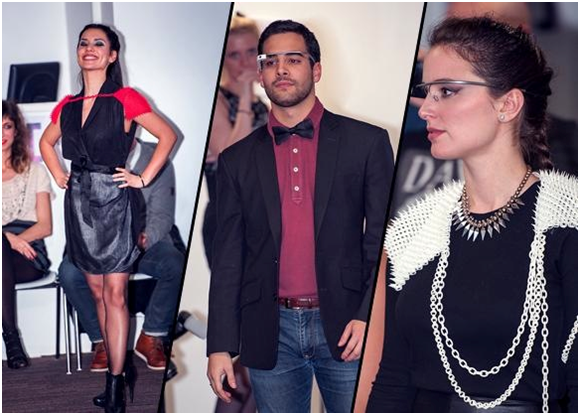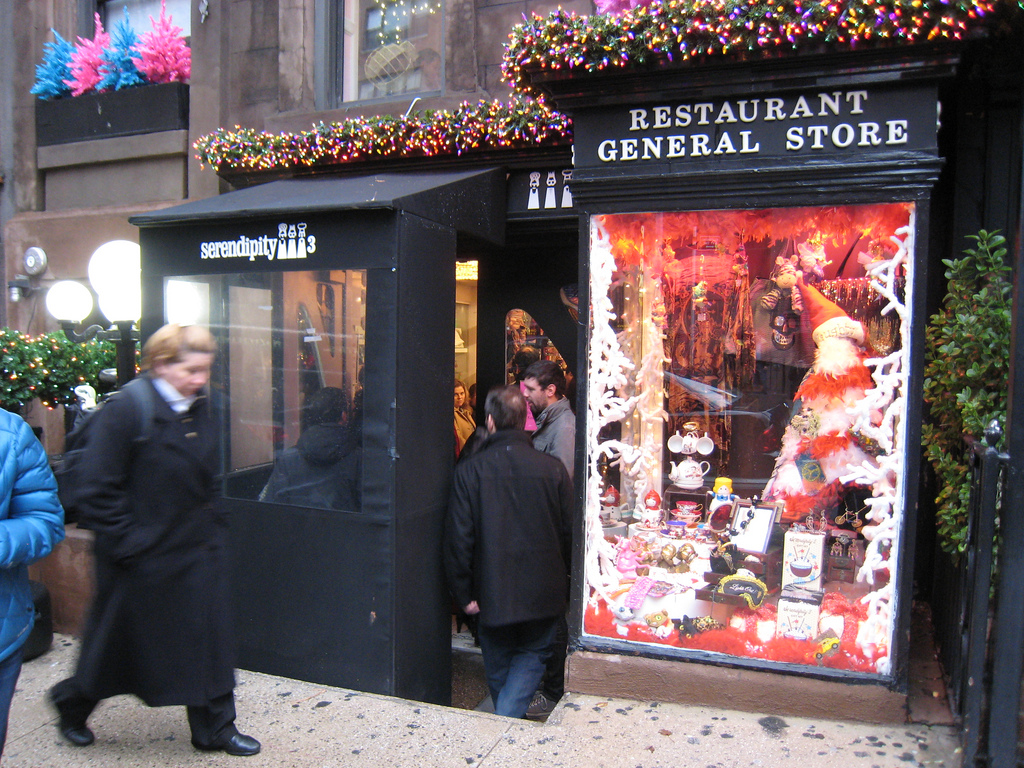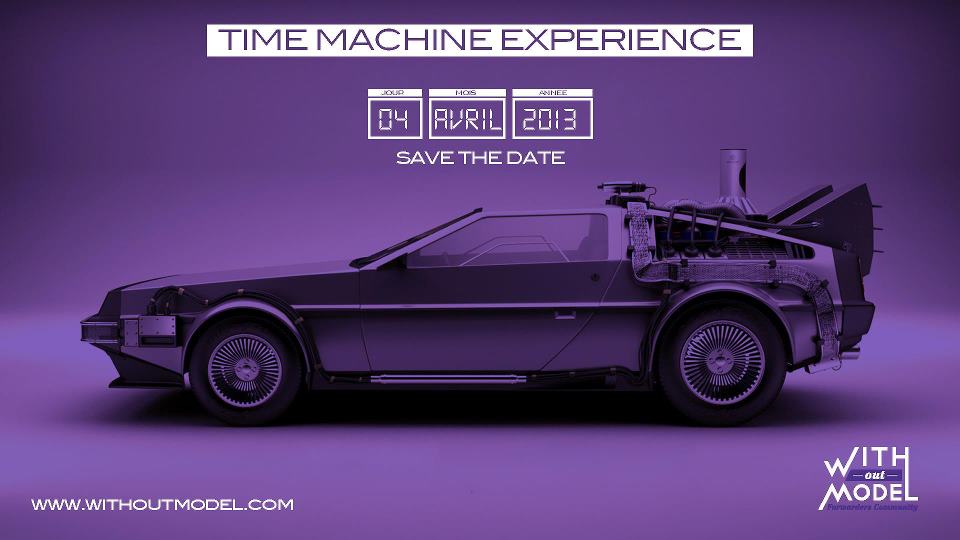This is the story of why fashion needs more aerospace engineers. This is a story of how seemingly unrelated things are related. It’s like how my friend Audrey can mix matcha green tea with eggs and still make it taste good. Unlikely combinations sometimes yield the best results. This is a story about the power of diversity and the strength in connection. This is a story about [Freespace].
First, a bit of background about how the first Paris [Freespace] event hit the runway….. (like a Facebook relationship status, it’s complicated
- Mike met Camille on a retired 1938 coast guard boat illegally parked in the San Francisco bay that was her home in October 2010.
- Mike met Beth in June 2013 during the opening of [Freespace] San Francisco.
- Beth met Marie in Phnom Penh, Cambodia through the Couchsurfing platform in August 2013 and together they bring [Freespace] to Paris and the core team is formed with Stephanie.
- Mike met Marie in person outside the Louvre when he visited Paris in January 2014 after several months of Skyping.
- Camille brought Romain, an aerospace engineer, to a [Freespace] event at Le Splendens Factory while Mike visited Paris in January 2014.
- Beth, Mike, and Marie visit La Fonderie in Paris to pitch the idea of [Freespace] and meet Jenn.
- Jenn referred [Freespace] to NUMA to use as a temporary space for the Fashion hack event and introduced us to Inkis, a fashion insider and sales trader at Mondo Select in Paris.
- And finally, Romain met Inkis. It turns out that creating a fashion hack requires the precision, the planning, the timing and the organization of an aerospace engineer combined with the creativity and artistry of a fashionista.
From left to right, Mike, Inkis, Romain and Amandine
Romain who knows “nothing” about fashion organized the creativity into an event that had the structure, sensibility, and refinement of a modern tailored suit jacket. Romain worked out details such as the scenography (for those not in the fashion industry, that is how you act on stage, the order of clothes on models, and how the models should walk). Romain’s living room was also the temporary showroom, with all the clothes stashed there until the day of the show when he and Murielle transported them all to NUMA in giant suitcases.
Inkis exports vintage clothing and she was the link to the fashion world, designing many of the “looks’ seen on the [Freespace] runway. Romain described her role as the “fashion filter.” Together, with the rest of the [Freespace] team they hacked the Paris fashion scene.
The event had three main collections. Marie, a former model, connected [Freespace] with La Vie de Penderie, an online vendor of vintage designer clothing who supports ecology through fashion recycling. La Vie Penderie donated clothing for the first collection. Xavier, a light photographer and artist connected [Freespace] with design label, Zongo who creates fashion out of up-cycled materials. The two friends worked together and first met at a Parisian artist squat.
The third collection was a production of the moment. Both because the collection completely changed the day of the show and also because models were able to freestyle down the runway, embracing the moment. The original idea was to host an event that would allow models and participants to customize their own clothing and then display their final creations on the runway. However, time quickly vanished and the event never happened. Thus, the third collection came on the airplane with Mike and Ilana and mixed the digital and analog with fashion as the palette. Mike’s friends at 3D Systems in San Francisco provided 3D-printed shoulder pads and Google glasses to give the final collection the hybrid model of tech and culture that [Freespace] embodies.
The finale included the quintessential “wedding dress” designed collaboratively by Inkis and Alice. The team created a black dress to contrast the typical white wedding dress. Alice founded Hall Couture, a start-up that is like a [Freespace] for fashion design. Hall Couture will contain two levels: one level is for design and collaboration, and the second is to help the designers sell their work to top-level brands so the designers can continue to focus on what they really love: design.
We did an open call for models and everyone was welcome to participate. Ten models selected their ensembles from a website, designing their own looks. Inkis made an ingenious system with stickers to identify all the items for the day of the show. As Romain said of Inkis, “She is very tiny and was gong inside all kinds of bags to find the clothes.” Despite the organizational system, Romain described the behind the scene action as “chaos.”
Even though one model forgot he could freestyle the last collection and some planned events never took place, the event was a success with over 130 public attendees for the fashion show and clothing swap. Everyone was welcome to attend the event, even people not physically present in Paris. Thanks to Google Hangout we had guests from San Francisco and Helsinki mingling with the crowd and viewing the show from behind a screen.
[Freespace] continues to push the boundaries and occupy that space somewhere between the physical and the digital. It’s “phygital.”
Go alone, go fast, go together, go far.

